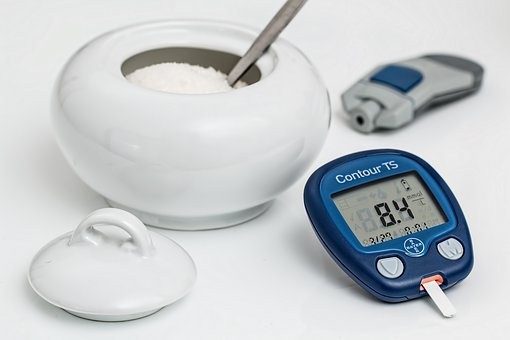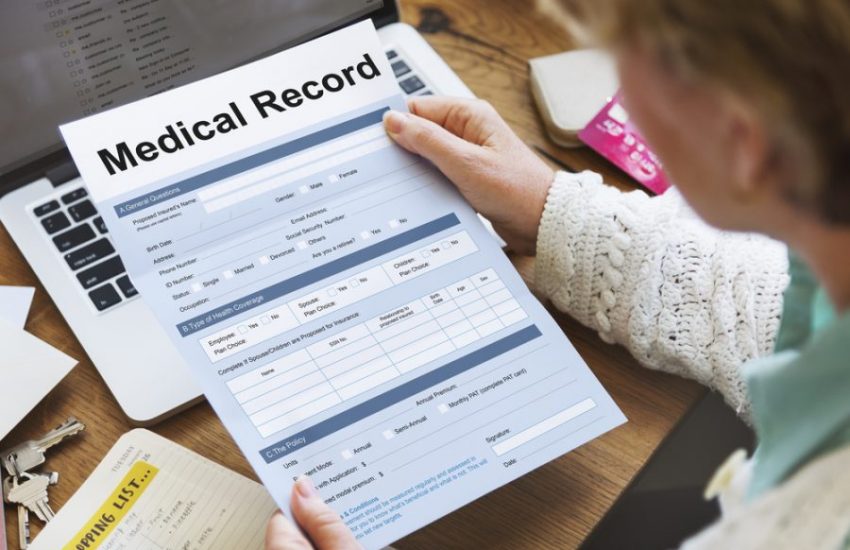7 Easy Ways To Lower Blood Sugar Level Naturally
High blood sugar level occurs when a person’s body cannot break down sugars into glucose to be transported around the body. Blood sugar levels must be controlled or they can cause inflammation, heart disease, kidney failure, peripheral vascular disease, foot ulcer, visual impairment, and diabetes.
Blood sugar levels can jump significantly due to several reasons including faulty pancreas and stress – such as when your boss yells at you. Symptoms of high blood sugar levels include frequent peeing and blurred vision.
Doctors majorly focus on the importance of a balanced diet to lower blood glucose levels. Similarly, nutritionists recommend that we eat well and avoid junk to keep blood glucose levels in control.
Here are 7 effective ways to lower your blood sugar levels naturally:
- Keep yourself hydrated
It is advised to consume at least 8-12 glasses of water every day. This helps in urine formation which flushes away all the dirt and impurities of the body. Moreover, it helps the body get rid of the excess sugars through the kidney, normalizing blood sugar level. Drink water as soon as you find yourself thirsty. Don’t substitute it with sodas or store-bought juices as they contain heaps of sugars.
- Exercise
It is challenging for an obese person’s body to maintain balance blood sugar levels using insulin. A high-intensity workout can help you lose weight and balance the high sugar blood level in the body. Make exercise a major part of the daily routine. It keeps you active and prevents ailments. When you exercise, your body cells can better absorb glucose from the blood.
- Stress less
Stress is a major reason for high blood glucose levels. Take control of your body and be mindful of the triggers that cause stress. It varies from person to person. Meditation is one great way to get rid of stress and tension. This simple exercise can help you relax and regain clarity.
If none of the ideas mentioned earlier seem to work, maintain a diary for stress management. Talk to yourself about everything- good or bad. Or perhaps go for a morning walk. Walking and listening to the birds chirping is a good start to a beautiful day. Even a simple workout release endorphin hormones which make us happy.
- Follow a Balanced Diet
The right diet, meal intervals, and portion size matter. Eat high-protein breakfast. Add snacks such as fruits in between the three meals to make it five small meals a day. This will boost your metabolism and energy release. Try to avoid alcohol- but don’t quit at once.
- High-fiber diet
A high-fiber diet includes soluble fibers such as:
- Seeds (flax and chia)
- Nuts (pistachio)
- Vegetables (broccoli, spinach, kale, and chard)
- Fresh fruits (orange, pomegranates, blueberries, red grapes).
Having a low-carb diet doesn’t mean having refined carbohydrates such as breakfast cereals and table sugar. Make a variety of salads using greens.
- Low-carb diet
Low-carb diet includes fewer carbohydrates than an average person’s diet.
- Skim milk (has vitamin C and D)
- Fish
- Eggs
Consult a doctor to find out if you are allergic to dry fruits and eggs.
- Sleep well
There’s a connection between sleep and blood sugar level. The better the sleep, the more sugar spikes will be in control. However, it should not exceed 8 hours with good quality doze. Keep all your worries aside and relax. Sleeplessness counts as stress.
- Cut down on sugar intake
One has to cut down on eating sugars or sugary foods. Eliminate candy, pasta, cookies and potato starch. Control sweet cravings and in no time you’ll be good to go! Doctors around the world also recommend low sugar intake for children as it causes hyperactivity.
- Add vinegar to your diet
Vinegar improves insulin sensitivity thus helps the body absorb blood sugars. Toss it up with some green leafy vegetables or beetroot to enhance the flavor. Or you can mix it up with a teaspoon of water.
Final word:
Monitor blood sugar level to avoid complications. Keep a glucose meter with you at all times as it is affordable and easy to use. However, don’t take the test right after a meal. Give it at least two hours before you check your glucose level. Also, use a reliable telehealth company to stay connected with your doctor at all times to avoid complications.















